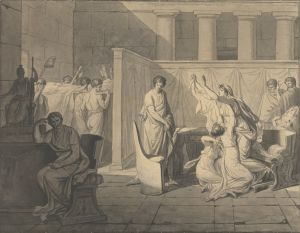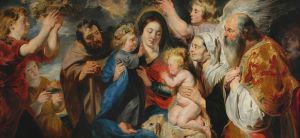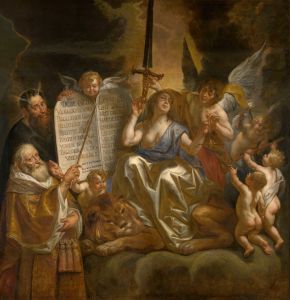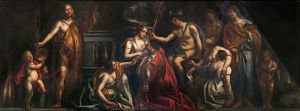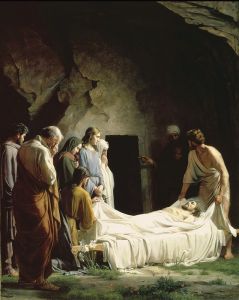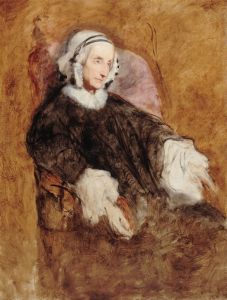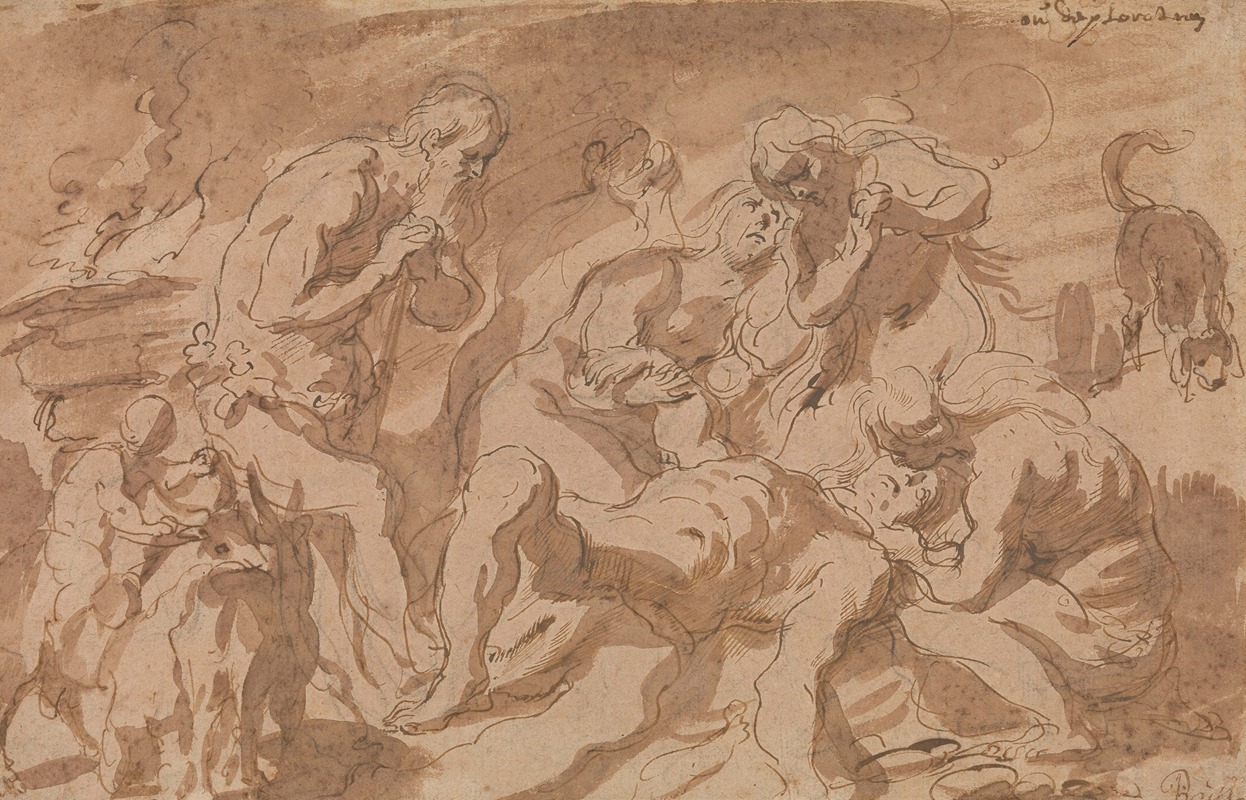
Die Beweinung Abels
A hand-painted replica of Jacob Jordaens’s masterpiece Die Beweinung Abels, meticulously crafted by professional artists to capture the true essence of the original. Each piece is created with museum-quality canvas and rare mineral pigments, carefully painted by experienced artists with delicate brushstrokes and rich, layered colors to perfectly recreate the texture of the original artwork. Unlike machine-printed reproductions, this hand-painted version brings the painting to life, infused with the artist’s emotions and skill in every stroke. Whether for personal collection or home decoration, it instantly elevates the artistic atmosphere of any space.
Jacob Jordaens, a prominent Flemish Baroque painter, is known for his dynamic compositions and vibrant use of color. One of his notable works is "Die Beweinung Abels" (The Lamentation of Abel), which reflects his mastery in depicting biblical themes with emotional intensity and dramatic flair.
"Die Beweinung Abels" illustrates the biblical story of Abel, the second son of Adam and Eve, who was murdered by his brother Cain out of jealousy. This narrative is a poignant subject in Christian art, symbolizing the first act of violence and fratricide in human history. Jordaens' interpretation of this scene is marked by its emotional depth and the vivid portrayal of grief and tragedy.
In this painting, Jordaens captures the moment of mourning over Abel's lifeless body. The composition is likely to be filled with expressive figures, a hallmark of Jordaens' style, which often includes robust, muscular forms and dynamic poses. The artist's use of chiaroscuro—contrasting light and shadow—enhances the drama of the scene, drawing the viewer's eye to the central figures and emphasizing the emotional weight of the moment.
Jordaens was a contemporary of Peter Paul Rubens and Anthony van Dyck, and his work is often compared to these masters of the Flemish Baroque. While he was influenced by Rubens, Jordaens developed his own distinct style, characterized by a more earthy realism and a focus on the human condition. His paintings often depict scenes of everyday life, imbued with a sense of vitality and movement.
"Die Beweinung Abels" would have been created during a time when religious art played a crucial role in both public and private devotion. Paintings like this were intended to inspire reflection and convey moral and spiritual lessons. Jordaens' ability to convey complex emotions and narratives through his art made him a sought-after painter for religious commissions.
The painting is an example of Jordaens' skill in rendering human emotion and his ability to convey the psychological depth of his subjects. His use of color, texture, and composition all contribute to the overall impact of the work, making it a powerful representation of the biblical story.
While specific details about the provenance or current location of "Die Beweinung Abels" are not widely documented, Jordaens' works are held in numerous prestigious collections around the world, including the Royal Museum of Fine Arts in Antwerp and the Louvre in Paris. His paintings continue to be studied and admired for their artistic merit and their contribution to the Baroque movement.
In summary, "Die Beweinung Abels" by Jacob Jordaens is a testament to the artist's ability to bring biblical stories to life with emotional intensity and artistic skill. Through his masterful use of composition, light, and color, Jordaens captures the tragedy of Abel's death and the sorrow of those left to mourn, creating a work that resonates with viewers on both a visual and emotional level.





